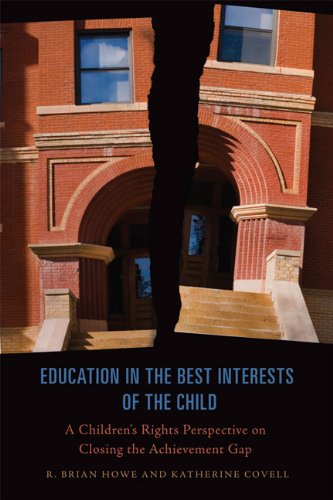

Most ebook files are in PDF format, so you can easily read them using various software such as Foxit Reader or directly on the Google Chrome browser.
Some ebook files are released by publishers in other formats such as .awz, .mobi, .epub, .fb2, etc. You may need to install specific software to read these formats on mobile/PC, such as Calibre.
Please read the tutorial at this link: https://ebookbell.com/faq
We offer FREE conversion to the popular formats you request; however, this may take some time. Therefore, right after payment, please email us, and we will try to provide the service as quickly as possible.
For some exceptional file formats or broken links (if any), please refrain from opening any disputes. Instead, email us first, and we will try to assist within a maximum of 6 hours.
EbookBell Team

4.0
56 reviewsA large body of research in disciplines from sociology and policy studies to neuroscience and educational psychology has confirmed that socioeconomic status remains the most powerful influence on children’s educational outcomes. Socially disadvantaged children around the world disproportionately suffer from lower levels of educational achievement, which in turn leads to unfavourable long-term outcomes in employment and health. Education in the Best Interests of the Child addresses this persistent problem, which violates not only the principle of equal educational opportunity, but also the broader principle of the best interests of the child as called for in the UN Convention on the Rights of the Child.
Building on the children’s rights work accomplished in their previous book, Empowering Children, Brian Howe and Katherine Covell identify three types of reform that can significantly close the educational achievement gap. Their findings make an important argument for stronger and more comprehensive action to equalize educational opportunities for disadvantaged children.